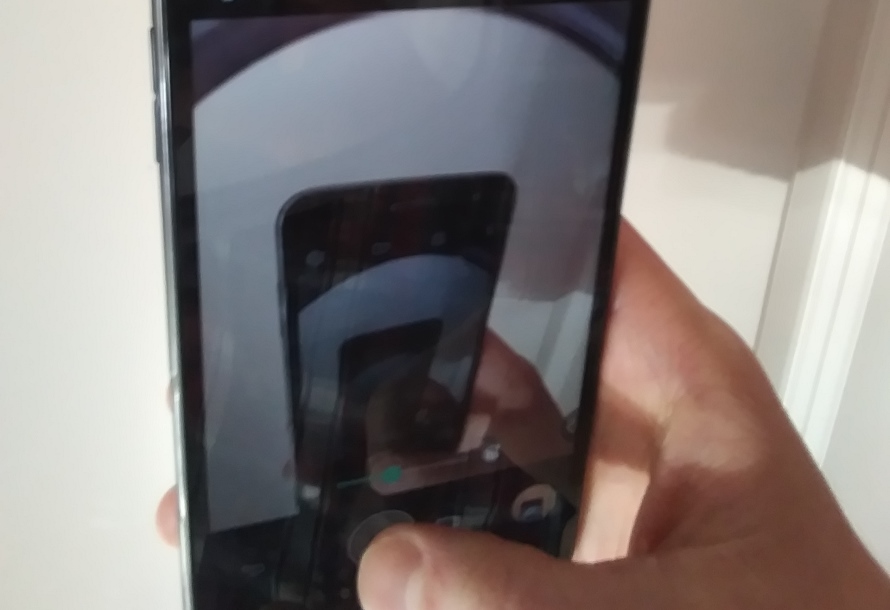OPINON: Drop that Smartphone
February 19, 2018
Smartphones have become an integral part of the lives of many Americans. 77% of Americans own smartphones, with 93% of these owners characterizing their phones as “helpful” and 46% saying they “couldn’t live without” them, according to research from the Pew Research Center.
Yet, despite how widespread they are, new evidence suggests that some of the the effects of smartphones can be socially, physically, and emotionally harmful.
“NO MObile PHOne phoBIA”, or nomophobia, is the term used to refer to the fear of being without your smartphone. According to a study conducted by SecurEnvoy in 2012, 66% of the population of the UK suffers from nomophobia, and 41% actually own multiple phones so that they can still use a phone if the battery dies in their primary phone. Considering that 72% of adults in the UK own a smartphone – less than in the United States – the percentage in the United States is probably at least as high.
One of the symptoms of nomophobia is increased antisocial behavior. “There are studies that show those who score high on the test [for nomophobia] tend to avoid face-to-face interactions, have high levels of social anxiety and maybe even depression”, said Caglar Yildirim, Assistant Professor of Human Computer Interaction in the Department of Computer Science at State University of New York at Oswego, in an article for CNN.
Physically, the act of constantly looking down to see the phone screen can be hazardous for one’s health, according to research published in The Spine Journal in 2017. The condition this causes, known as “text neck”, is characterized by neck and back pain, as well as an increased chance of disk and alignment problems. This could be especially dangerous in young children and teenagers whose bodies are still developing.
Despite the fact that it is illegal in forty-one states, 47% of adults who text – 27% overall – admit to texting while driving, according to the Pew Research Center. As of 2010, 75% of cellphone owning adults – 61% overall – had talked on the phone while driving. A quarter of all traffic accidents in the United States – 1.6 million every year – are caused by either texting or talking on the phone while driving.
Finally, social media use – either on a phone or on another device – carries dangers of its own. Social media sites are specifically designed to be addictive by their makers, who hire “attention engineers” to study human behavior to find the best way to get people hooked on their product.
Studies have shown that the way constantly checking social media fragments your attention can permanently reduce your ability to concentrate, and that heavy social media users are more likely to suffer from loneliness and depression.
Many problems can be traced back to smartphones. Does this mean that they are inherently bad? Of course it doesn’t. It does mean that they can be misused, though, and, sadly, that many people are misusing them.
The only cure for our epidemics of smartphone-caused accidents, neck pain, depression, social anxiety and inability to focus is for people to take the risks seriously and put limits on their smartphone usage.
Don’t text in the car, don’t interrupt a project for work or school by checking your email every fifteen minutes, and don’t spend half your time on social media.
The benefits of having a more healthy relationship with your phone are well worth the initial pain.






